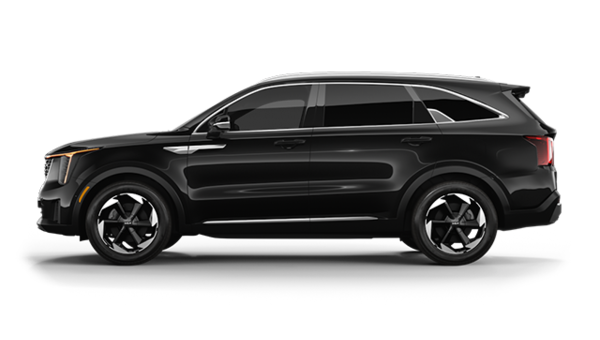Welcome to Lallier Kia Vimont
Lallier Kia Vimont is one of the most important dealerships in Laval and is part of the Lallier Group. Every day we strive to provide our customers with the best service and selection of new and used Kia cars, SUVs, electric vehicles, and crossovers. We differentiate ourselves from other car dealerships by working harder to earn your business and making you a client for life.
A Great Selection of Quality New Kia Cars and SUVs
Kia’s new vehicle lineup includes a range of sport utility vehicles, a full lineup of sedans and coupes, hybrid and fully electric vehicles, and a spacious minivan. All of these models are available at Lallier Kia Vimont where our team of expert sales representatives will be happy to assist you in finding the perfect new vehicle for your needs. We have great deals and rebates on all of our new vehicles, and we will make sure we get you the financing you need as well as guarantee that you get a vehicle that fits within your budget. Let’s take a look at some of the new vehicles that we have in stock and ready to go at Lallier Kia Vimont.
New Kia SUVs in Laval
Kia has one of the most comprehensive ranges of new sport utility vehicles currently on sale in Canada. This range includes the brand-new Kia Seltos, a small but practical sport utility vehicle that delivers on interior space, efficiency, and styling. We also have the new Kia Soul which is available as an electric version as well as the redesigned Kia Sportage. If you need more space, ask to test drive the new Kia Sorento or the brand-new Kia Telluride, one of the most luxurious SUVs you can buy in its price range.
And for buyers looking for a lot of interior space, we can offer the new Kia Carnaval minivan, a very spacious and versatile vehicle offered at a competitive price.
If you’re hesitating to make the switch to a hybrid or electric engine for your next vehicle, give the experts at Lallier Kia Vimont a call today. They will be happy to assist you in better understanding the Kia electric vehicle lineup and the models that are offered within the lineup.
New Kia Cars in Laval
Kia doesn’t just do SUVs and minivans; it also does cars that are fun to drive and spacious while also surpassing their competition when it comes to fuel economy. Let’s take a look at some of these cars and how they stand out.
Kia currently offers the Kia Rio, Kia Forte & Kia K5. These three sedans offer more space than their rivals, but it is truly on the road that they shine. They offer an amazing combination of performance and driving pleasure mixed with beautiful interiors that are comfortable and functional.
We can also help you get your hands on a brand-new Kia Stinger, one of the most impressive cars to arrive on the market in the last decade.
Quality Certified Pre-Owned Kia Vehicles
We specialize in providing a simple and worry-free experience when you're buying or leasing a new car, SUV or truck. We invite Laval customers to discover our complete inventory of pre-owned vehicles. We offer the finest selection of used vehicles to you. Lallier Kia Vimont is sure to have a vehicle to fit your lifestyle. We also have a vast selection of certified pre-owned Kia vehicles.
And once you become an owner, you will enjoy the highest level of service from our team at our various after-sale departments. To ensure the long-term dependability, reliability, and resale value of your Kia, trust the team here at Lallier Kia Vimont.




